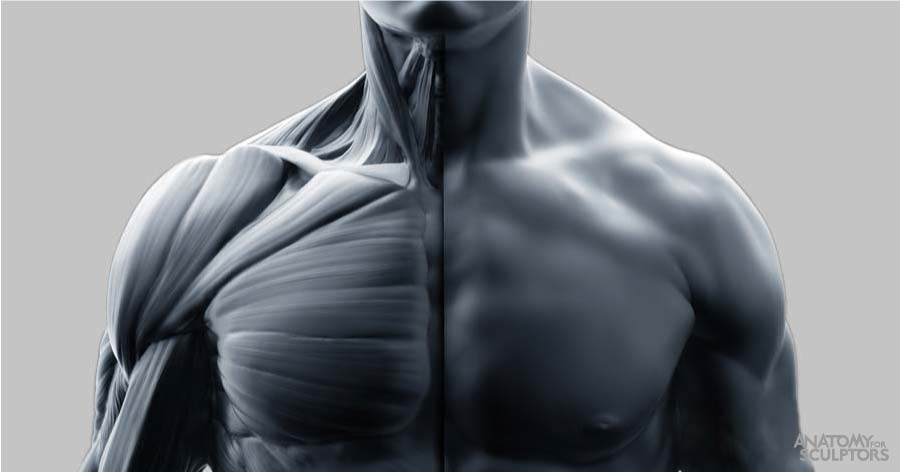With the arrival of AI-generated art, we’ve become witness to truly horrific accidents. Unfortunate souls whose eyes have fused with their headwear. Thumbs that jab straight through the palm of the hand and middle fingers that bend backwards into a perfect circle. If artificial intelligence has taught us one thing, it’s this: Anatomy is hard, yo!
Throughout history, artists and sculptors used live models as reference for their work, with varying success. Michelangelo’s female nudes come to mind. Online they are often mocked for being ‘men with breasts’. There are several explanations given for the perculiar way his women look. The most frequent argument given is that it was forbidden to for women to pose nude during the renaissance. (this, to protect the decency and morality of the poor creatures, of course) And so artists were limited to working with male models.
However, considering how other artists were still able to make their subject look like women. And considering that this law only applied to women of middle- and upper class – strangely enough nobody cared about the moral decency of Roxanne – there were still women willing to do modeling work in exchange for money. All in all, it seems like Michelangelo’s androgynous figures were a stylistic choice, not a proof of a lack of women in his life.
Today, many artists and sculptors still use anatomy references. If they are lucky, they hire live models. If not, there are photo- and videodatabases online for artists. For me, a live model is not an option. I work terribly slowly. My schedule is far too irregular, given that Janice keeps acting up. And my bank account doesn’t approve of spendings of the frivolous kind. Meaning: Anything that doesn’t include basic living.
Why Our Workshops Look Like A Villain’s Horror Laboratory
Those online databases are a godsend! They allow me to see how a body moves. The shape of the forearm, when the hand is balled into a fist and almost touching the shoulder, instead of having to rely on my imagination alone. And yet… I can clearly see the difference between a sculpture made with the help of a live model and one where only pictures were used. Because no matter how much information you get from a video or photo, it is still a flat image. There is so much you lose in that transition from 3d to 2d.
With a live model, you can see how a shape truly curves and how it affects light and shadow. That information is something you lose in a picture. And so it comes back to making educated guesses, based on your theoretical knowledge of anatomy. But imagination isn’t the same as seeing.

Anatomy is a fascinating topic. There’s a reason why artists in the past and today keep practicing it well into their careers. Even the master isn’t truly a master. And so Da Vinci would continue to study the dead. And he would make countless of sketches of muscles (écorchés). Anatomy courses for artists are very popular today. We too, practice by creating écorchés. We buy anatomical references to study. Because if there is one thing every human on earth is inherrently good at, it’s noticing if there’s something off about the human form. And if we want to take our audience with us in a magical illusion, they shouldn’t get hung up on a technical error that gets them right out of it. Unless it was our intention to do so.





